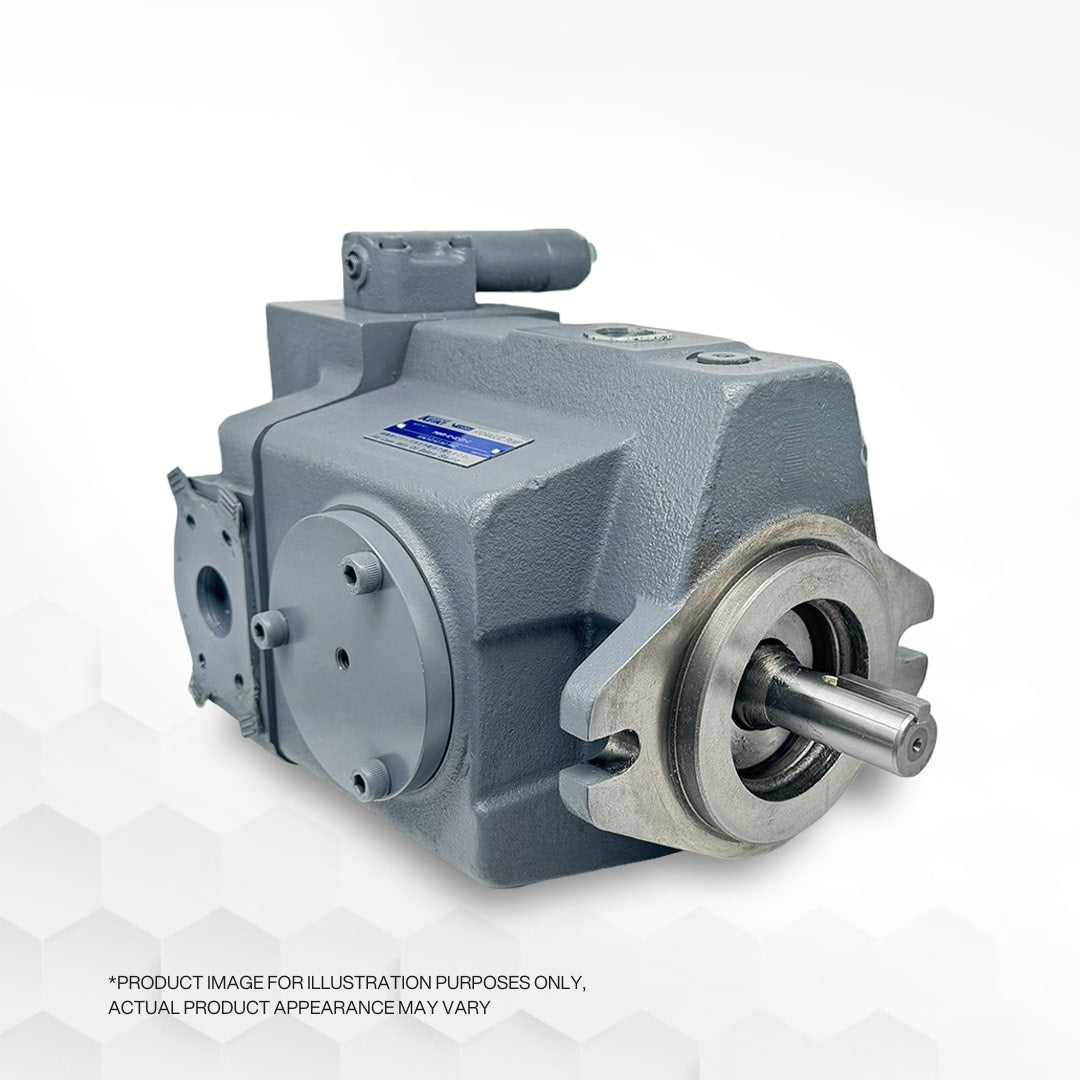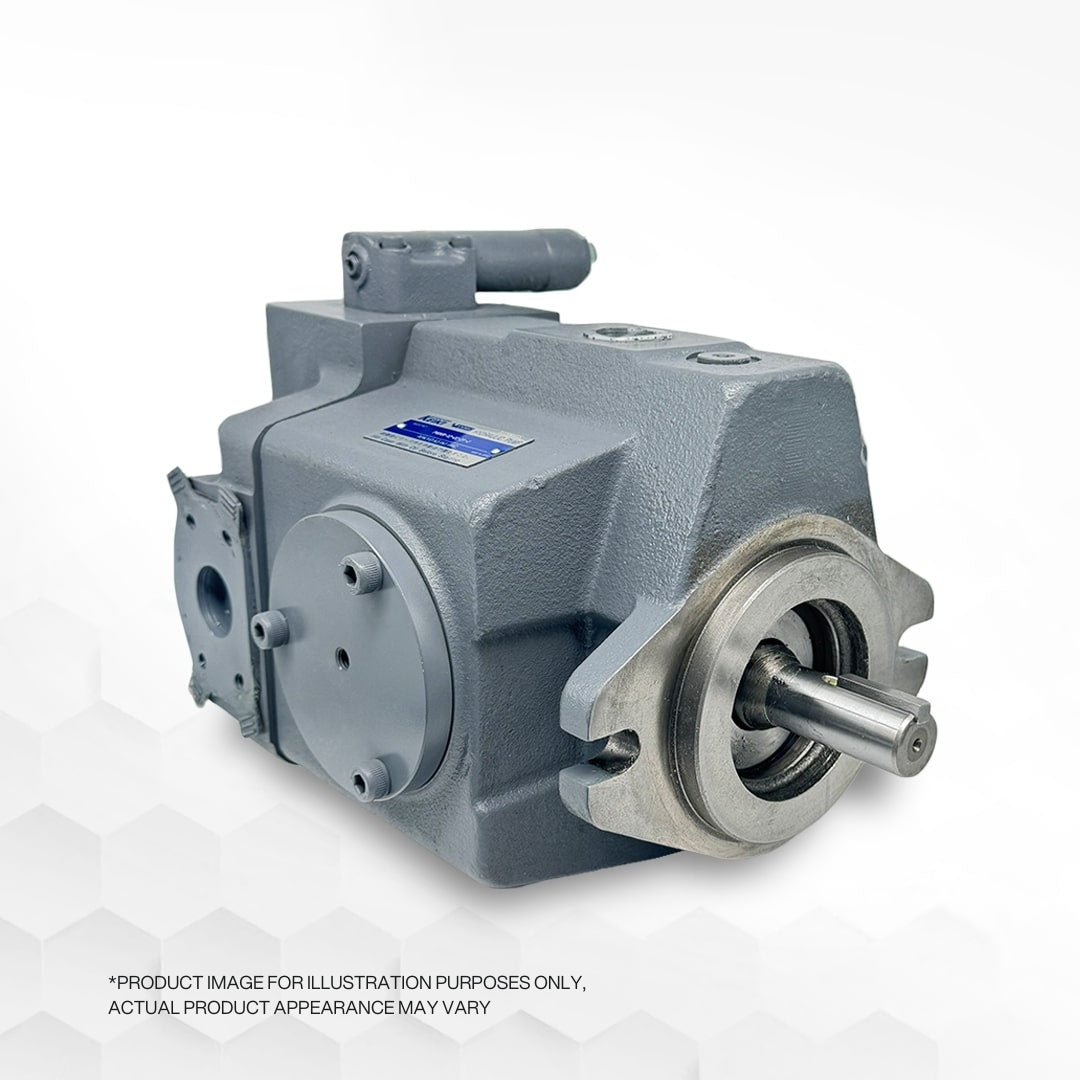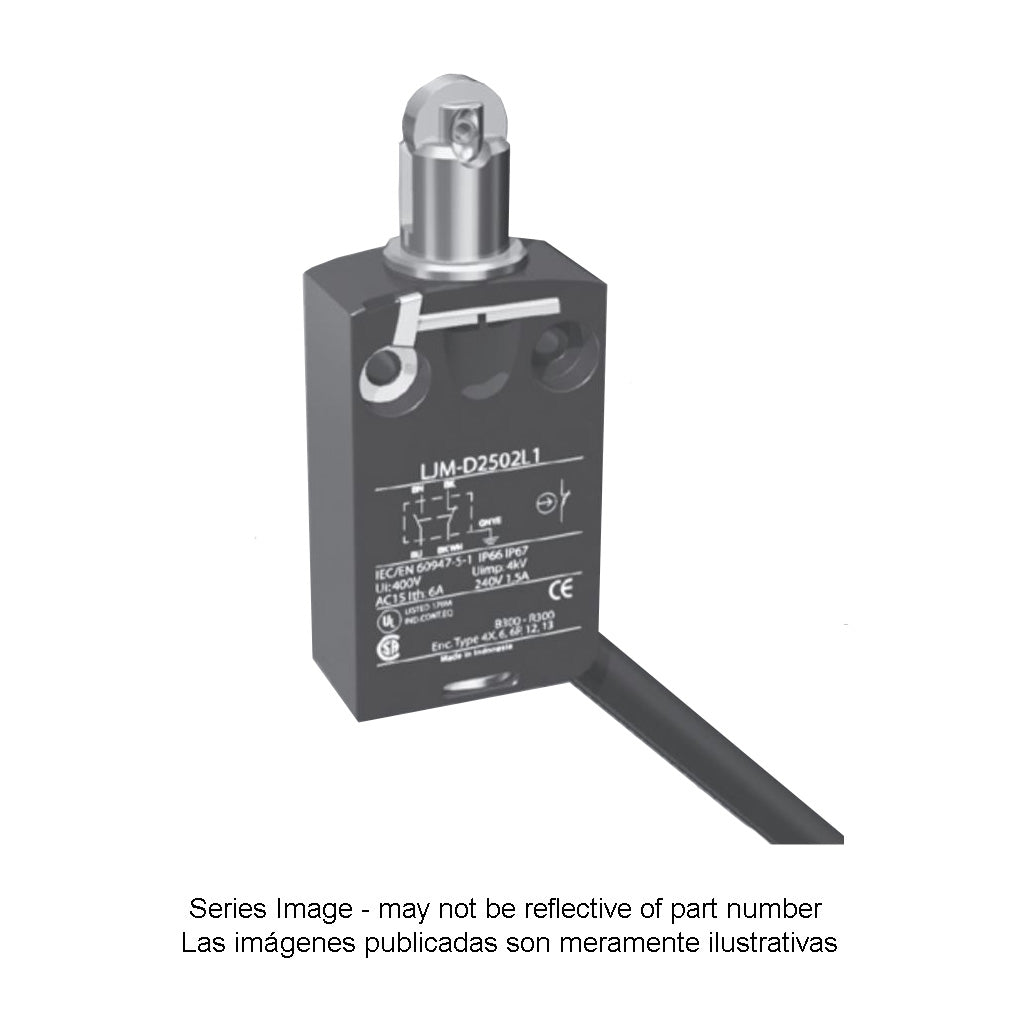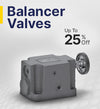
Hydraulic Pumps Fixed vs. Variable Displacement
A hydraulic drive system utilizes pressurized fluid to apply force to remote machinery. Every hydraulic system typically consists of several standard components, with the hydraulic pump being the most prevalent. The role of the hydraulic pump is to pressurize the hydraulic fluid, allowing it to travel through the system and perform work on the other end. In an "open loop" system, a reservoir tank serves as the fluid's source, and once the fluid completes its task, it returns to the reserve tank. In a "closed loop" arrangement, a hydraulic filter is used to filter the fluid before it is returned to the hydraulic pump.
Fixed displacement pumps provide a constant flow rate, as each motor stroke moves the same amount of fluid. These pumps are known for being simple, cost-effective, and easy to maintain. The gear pump, a basic type of fixed-displacement pump, utilizes moving gears to push the hydraulic fluid, with some types featuring sequential or interlocking gears for quieter and more efficient operation. Another common variant is the screw pump, employing the traditional Archimedes screw design to move fluid and offering large flow rates at lower pressures.
On the other hand, variable displacement pumps allow for the adjustment of flow rate and outlet pressure during operation. These pumps are more complex and relatively expensive compared to fixed-displacement pumps, but they offer greater versatility in performing various tasks. The rotary vane pump is a popular type of variable-displacement pump, resembling a gear pump but with an offset gear and movable "cogs" that extend and retract as the gear turns. This design enables the pump to increase fluid pressure by compressing the fluid as it pushes it through. Another top-tier option is the bent-axis piston-and-cylinder pump, similar to pumps used in internal combustion engines.
In summary, simple fixed-displacement pumps are well-suited for repetitive tasks over extended periods, while variable-displacement pumps provide a wider range of applications but come at a higher cost and require more maintenance.








